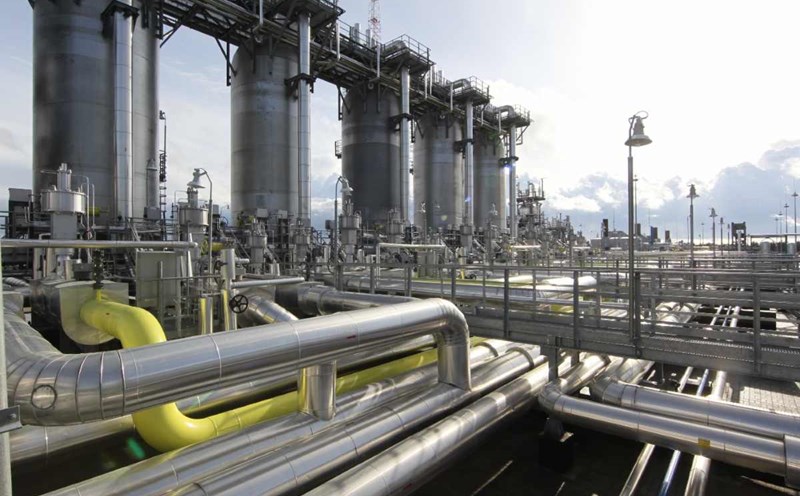In the past 24 hours alone, 54 aftershocks have been recorded in Russia's Kamchatka peninsula, of which 6 matches have an intensity of 2 to 4 degrees richter, making people feel it clearly.
According to the Russian Ministry of Emergency Situations, there are still 35 people being evacuated to live in temporary shelters.
At the same time, seven volcanoes in the area are active, some of which are said to have "s updated" due to the impact of consecutive earthquakes, typically the earthquake of 8.8 on July 30 - the strongest earthquake in Russia since 1952.
The fire that awakened was Volcanoe Krasheninnikov - part of the Klyuchevskaya Sopka volcano system, and the highest active volcano in Asia - Europe.
Seismologists said that at 6:00 a.m. GMT on August 11 (13:00 a.m. Vietnam time), the volcano had burst an ash pole 9km high, spreading more than 1,100km to the east. Previously, on August 5, the ashes had also reached 8km high. On August 8, Krasheninnikov volcano ashored twice in a row. These are the first outbreaks of the volcano since the 16th century.
Krasheninnikov volcano has a cone with a mountain mouth (Caldera) about 700m wide. On the mountains, there are about 80 extracted mouths and small volcanic ash hats.
Krasheninnikov is considered one of the most dangerous volcanoes in the region. Currently, an aviation red alert has been issued due to the ash and dust that seriously threatens domestic and international flights.
Scientists warn that the earthquake and volcanic activity in Kamchatka has not shown any signs of cooling down, the risk of strong aftershocks or further outbreaks in the coming days is very high. People and airlines are advised to remain highly vigilant.










